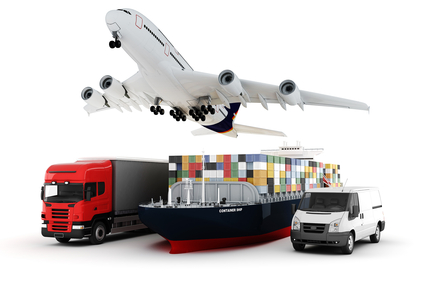Key Issues of Canadian Logistics
 Key Issues of Canadian Logistics
Key Issues of Canadian Logistics
In order for the Canadian transportation system to meet the demands of a trade-reliant economy, adjustments will have to be made all across its logistical supply chain. This will mean a cohesive working arrangement between the Canadian government and the private sector. Yes, a working arrangement is in place today; however, it needs to be adjusted to align with the changing times. This will allow Canadian businesses to remain competitive in the global marketplace.
It is this issue of increased globalization that is forcing a top to bottom review of Canadian logistics. To meet the growing demand from emerging economies found in China, Brazil and India, the production and excavation of Canada’s natural resources is on the rise. Along with those increases in production comes a greater dependency on the transportation system.
Keep in mind that these upgrades don’t have to occur just within the Canadian borders. A perfect example can be found in the expansion project underway in the Panama Canal. By building out the current lock system, more shipping traffic can flow through the canal. That can have a huge impact on the Canadian economy as more goods can be exported in less time.
The issue of accommodating larger ships is also in play across ports, railways and trucking companies. Coordinating efforts to keep up with the demand is much needed. If there is a breakdown anywhere along the supply chain, then the entire system suffers. Since the United States is still the largest trading partner that Canada has, a focus on improved transborder shipments is essential. This is why an initiative by Beyond the Border is aimed at streamlining the transportation chain all across the US/Canada border.
It’s not just commodities that will require a functioning and expanded transportation system. As the foreign economies grow, Canada can expect to see a rise in tourism. According to some estimates, the total number of airline passengers booking flights through Canada could rise by 3%. To hold these passengers, the standard 74-seat airliner needs to grow to 95 seats. Those planes are already being built. This presents a unique opportunity for the Canadian airline carriers to get on board with an expansion program, or risk being left behind. This goes for both the low-cost airlines and the big players. Suppose new airliner designs require larger runways. Will Canadian airports be able to meet the challenge of welcoming those aircrafts?
On the roads, cross-border passenger traffic is also expected to increase between Canada and the US. Both governments are working on upgraded driver’s licenses that will ease the flow at border crossings. Furthermore, frequent travelers should be able to make use of pre-clearance systems at participating border crossings.
The bottom line is that there won’t be a segment of the transportation industry that will be left untouched by a projected increase in traffic. By getting out in front of these challenges, Canada can play a vital leadership role in modeling how supply chains can adapt. The prevailing wisdom is that we’re all in this together, so let’s make it work

